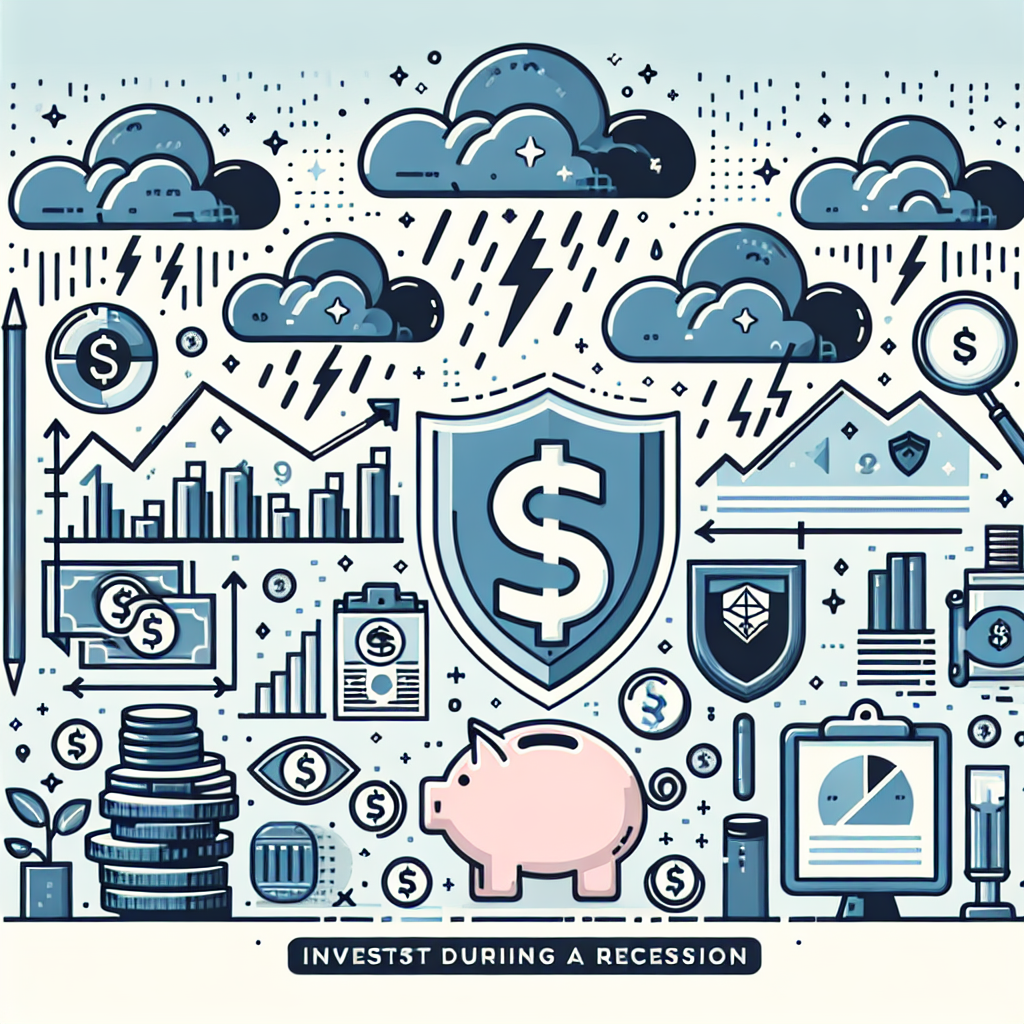
How to Invest During a Recession: A Comprehensive Guide to Protect and Grow Your Wealth
Introduction
Understanding What a Recession Is
Why Investing During a Recession Can Be Beneficial
- Lower Asset Prices: Recessions often lead to market declines, making stocks, real estate, and other assets more affordable.
- Long-term Growth: Invested wisely during downturns can yield substantial returns once the economy recovers.
- Diversification Benefits: Recessions highlight the importance of diversifying across different asset classes, which can protect your portfolio from severe losses.
- Dividend Opportunities: Some companies increase dividends during downturns to maintain investor confidence, providing income streams.
Tips for Investing During a Recession
1. Maintain a Clear Investment Strategy
2. Focus on Quality and Dividend-Paying Stocks
3. Explore Defensive Sectors
- Healthcare: Hospitals, pharmaceuticals, and biotech companies tend to be less affected by economic cycles.
- Consumer Staples: Companies selling essential goods like food, beverages, and household products.
- Utilities: Electricity, water, and natural gas providers offer basic services that remain necessary regardless of economic conditions.
4. Consider Bonds and Fixed-Income Investments
5. Evaluate Value Stocks and Undervalued Assets
6. Diversify Your Portfolio
7. Keep Cash Reserves for Opportunities
Investing Strategies Specific to Recession Conditions
Dollar-Cost Averaging (DCA)
Rebalancing Your Portfolio
Seeking Safe Havens
Risks to Consider When Investing During a Recession
- Market Volatility: Prices can fluctuate wildly, causing potential losses if your investments are poorly chosen.
- Liquidity Constraints: During downturns, some assets may become less liquid, making it harder to sell without incurring losses.
- Corporate Defaults: Weaker companies may face bankruptcy, affecting stocks and bonds.
- Economic Uncertainty: Unpredictable variables, such as policy changes or global events, can impact your investments significantly.


